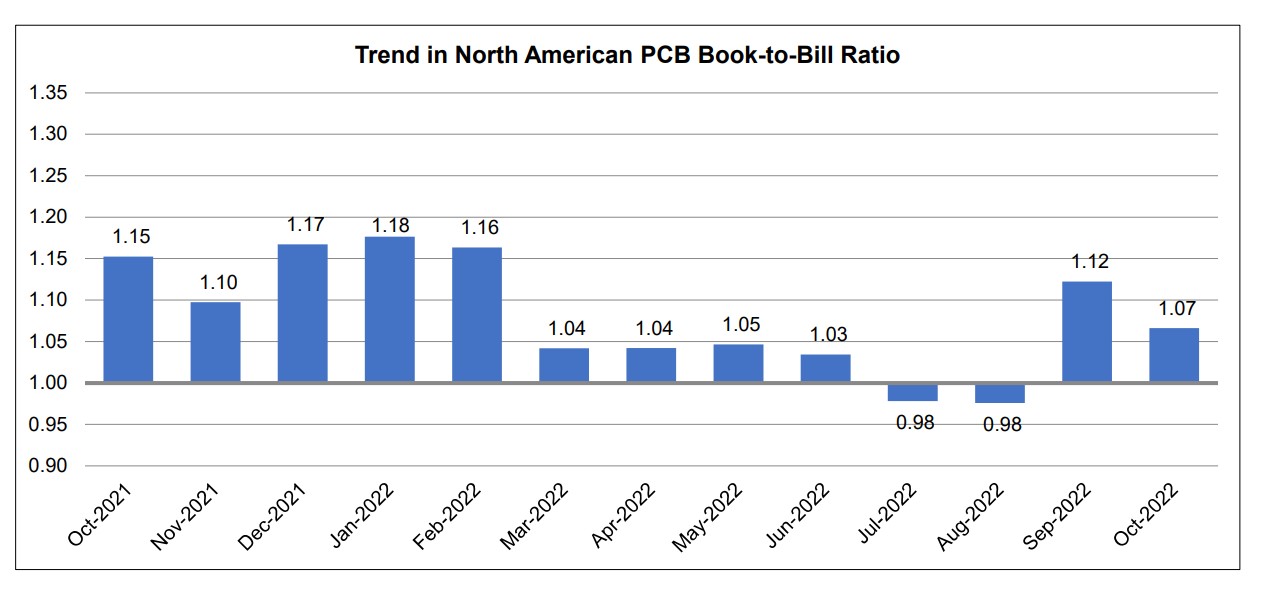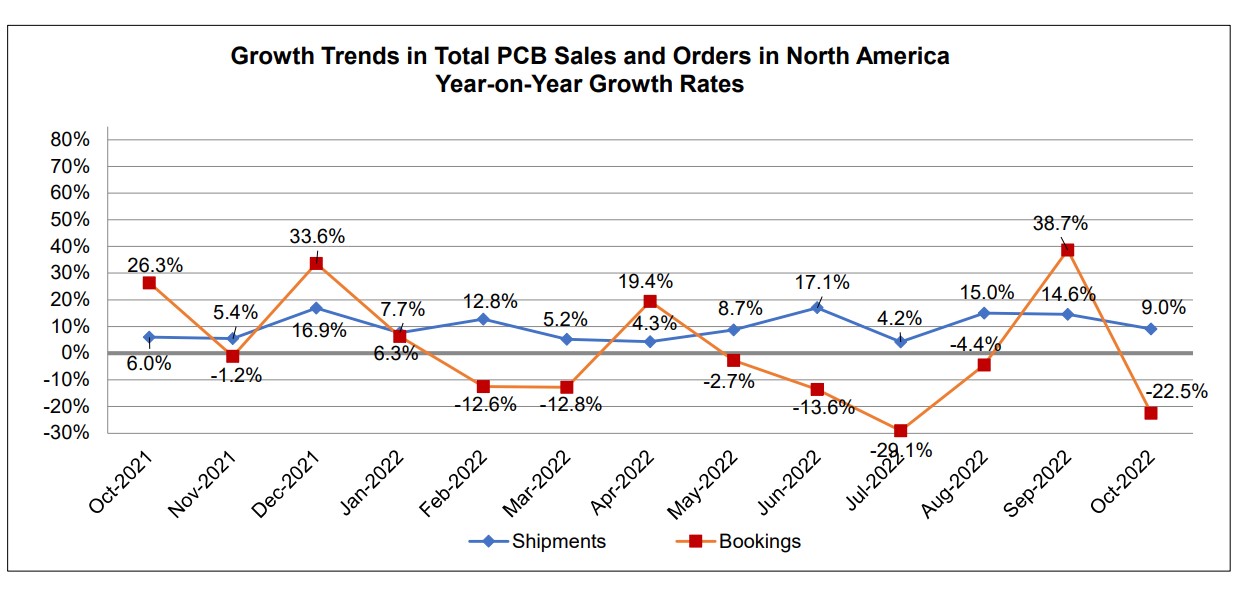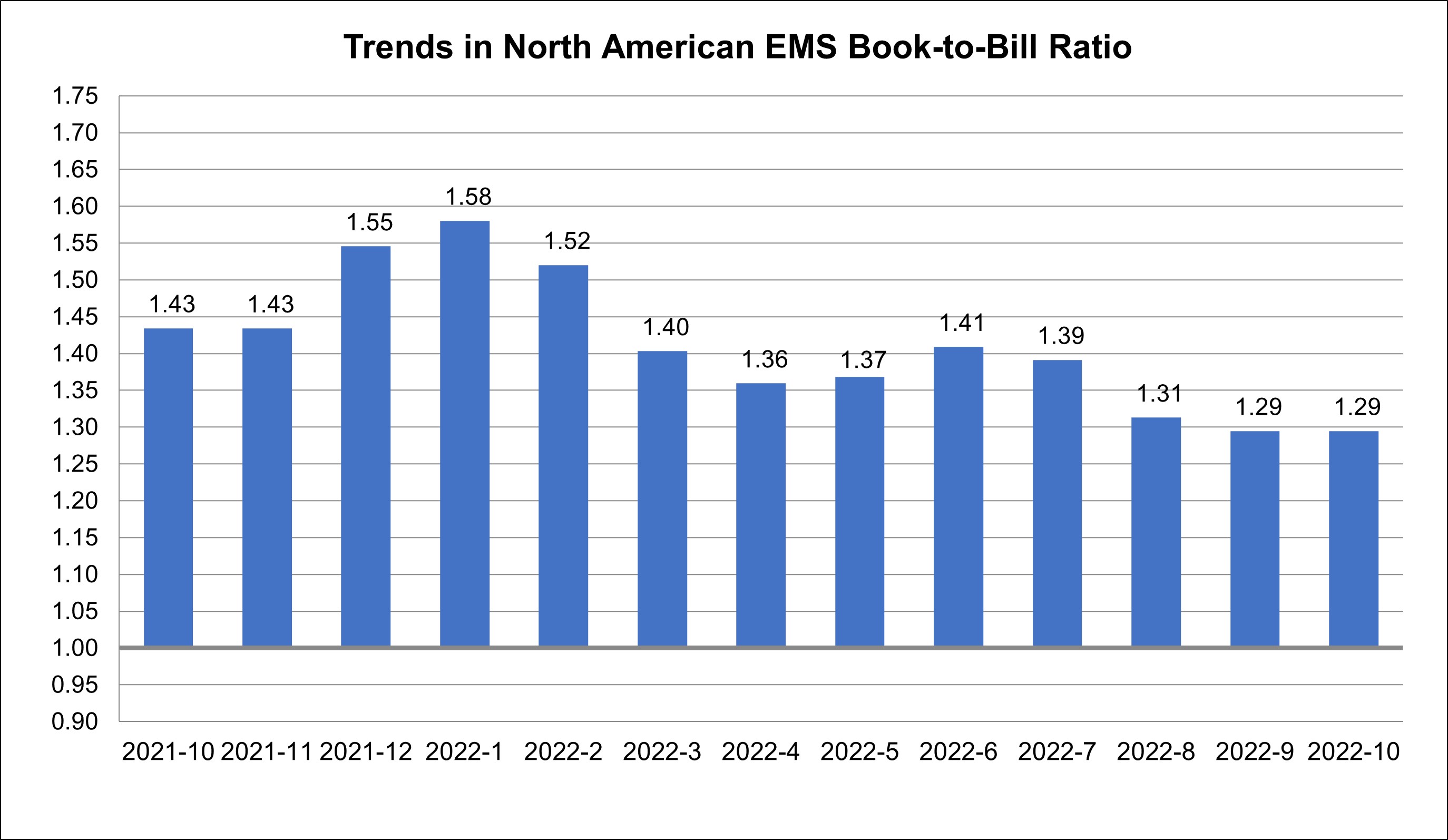IPC Issues New Report, The Evolution of Factories of the Future: What You Need to Know
IPC recently convened a roundtable of electronics executives to discuss trends driving the industry’s migration to the factory of the future. The executives came to a shared conclusion that the transition to the factory of the future features many challenges and pitfalls but making the transition will be increasingly critical to any company seeking to compete in the global economy. A summary of the discussion is now available: “The Evolution of Factories of the Future: What You Need to Know.”
In reaching their conclusion, the roundtable participants discussed common barriers in adopting smart manufacturing technologies and skill disparities in the electronics manufacturing workforce. They also shared practices they believed to be important as companies work to increase digitization and enhance manufacturing operations. Among other topics, company leaders talked about creating a workplace culture that embraces change and innovation.
“Executives agreed that despite the challenges in transitioning to the factory of the future, they have recognized the value in doing so and are now looking to integrate solutions that will deliver measurable benefits to their company,” said Matt Kelly, IPC chief technologist.
To view report, visit www.ipc.org/F2report. IPC offers additional resources to assist and guide the electronics manufacturing industry through the next industrial revolution. For more information, visit www.electronics.org/solutions/ipc-factory-future.



